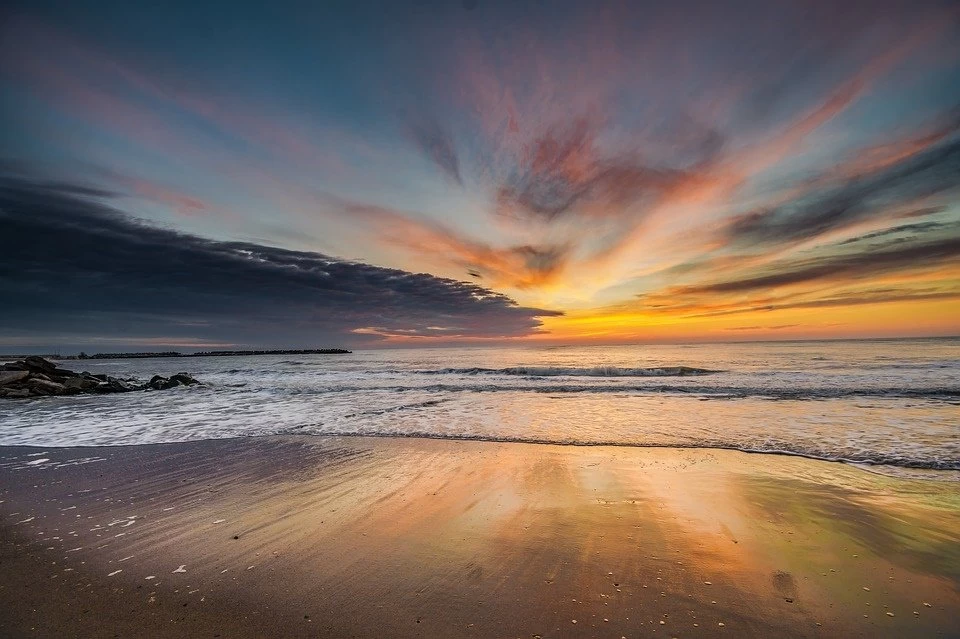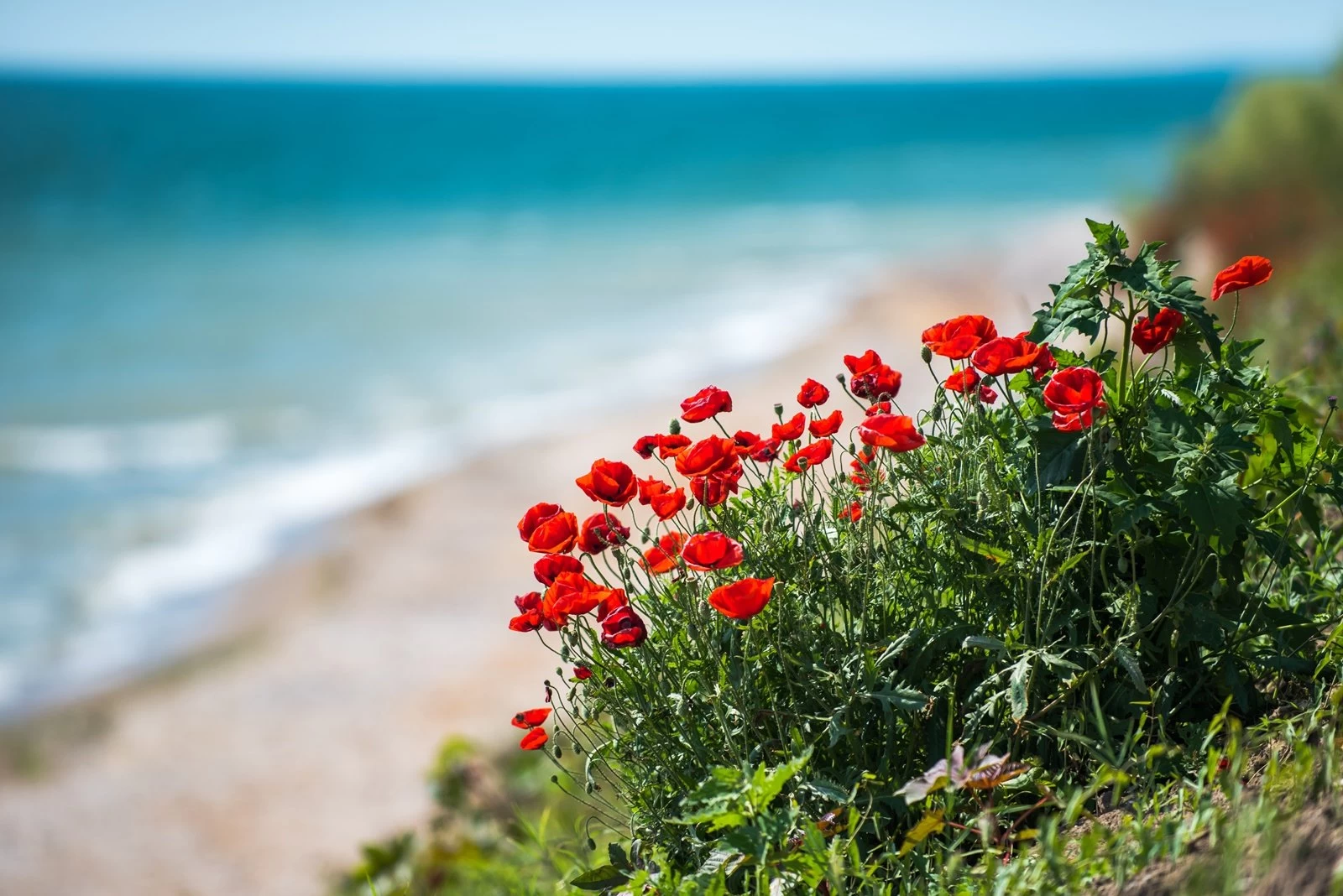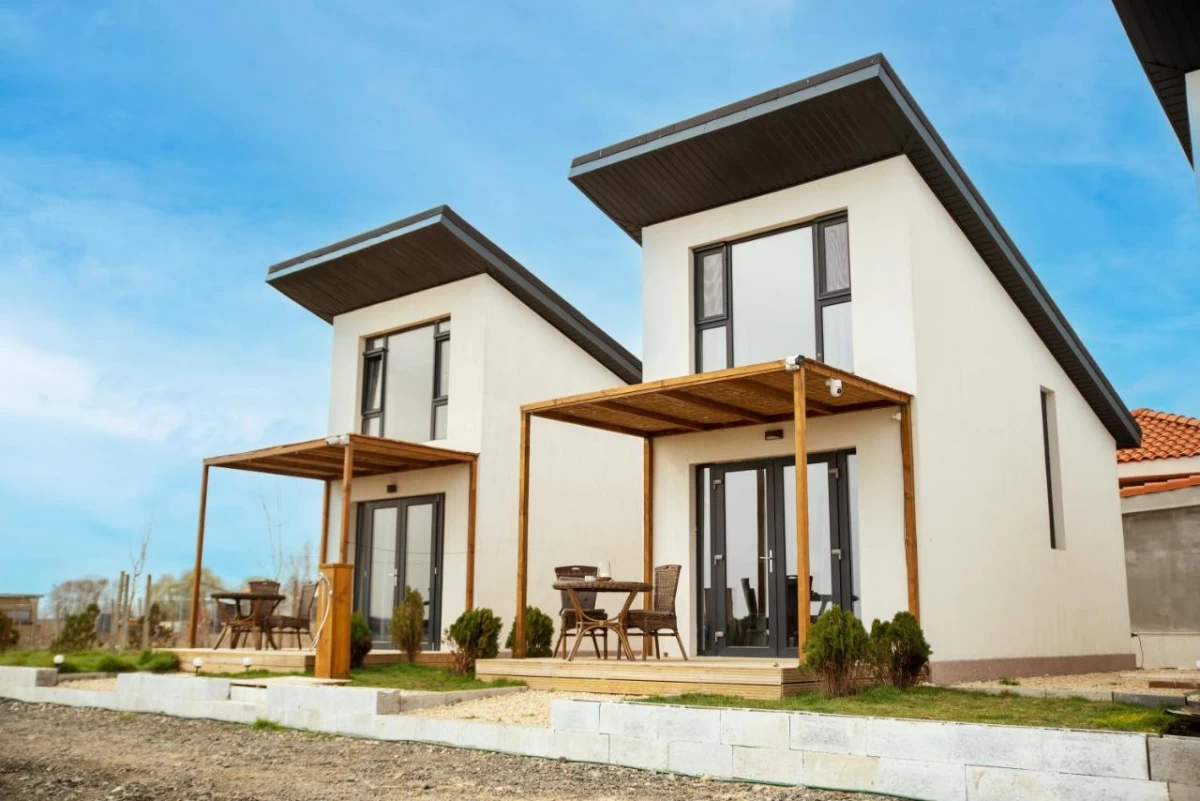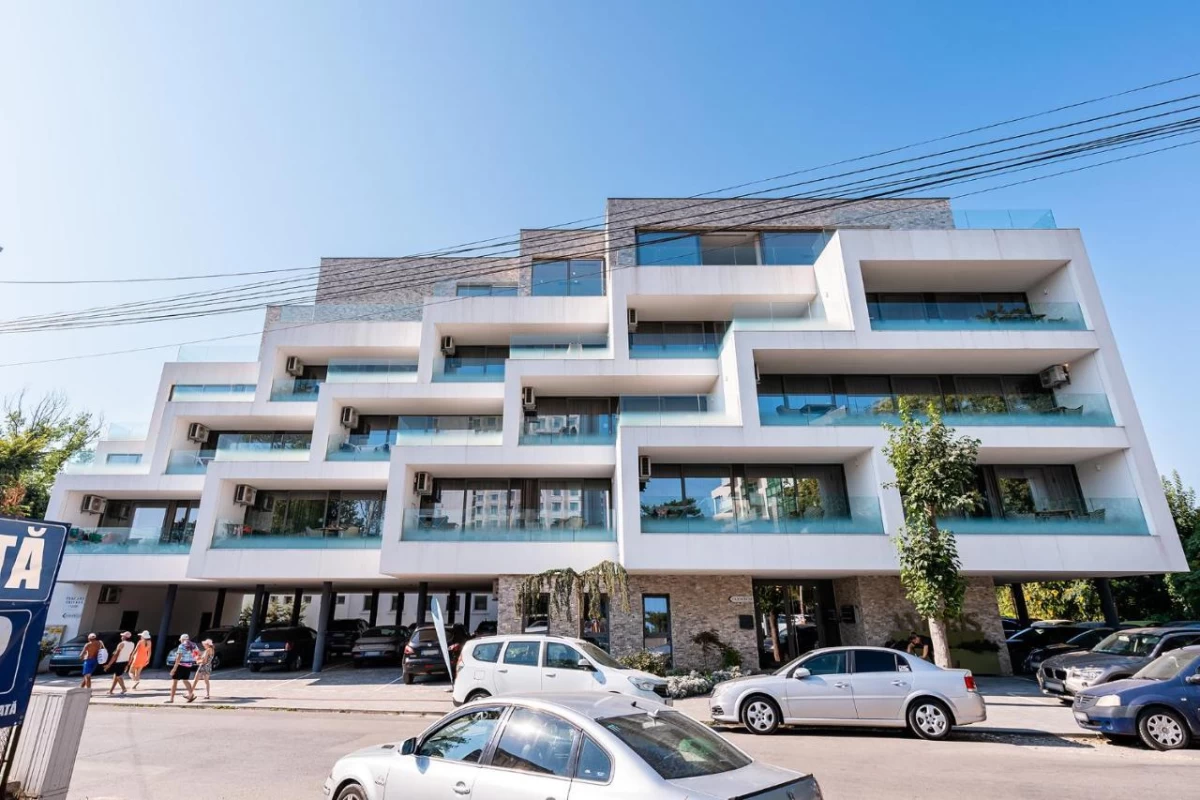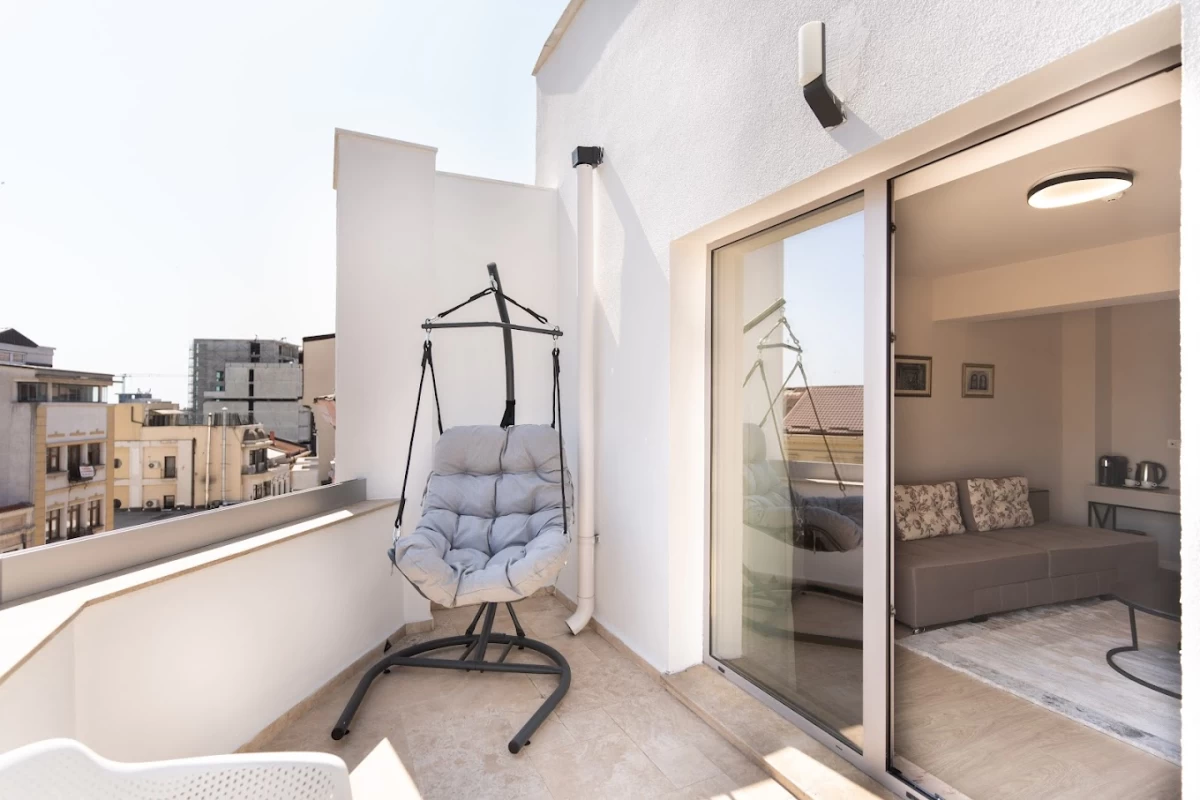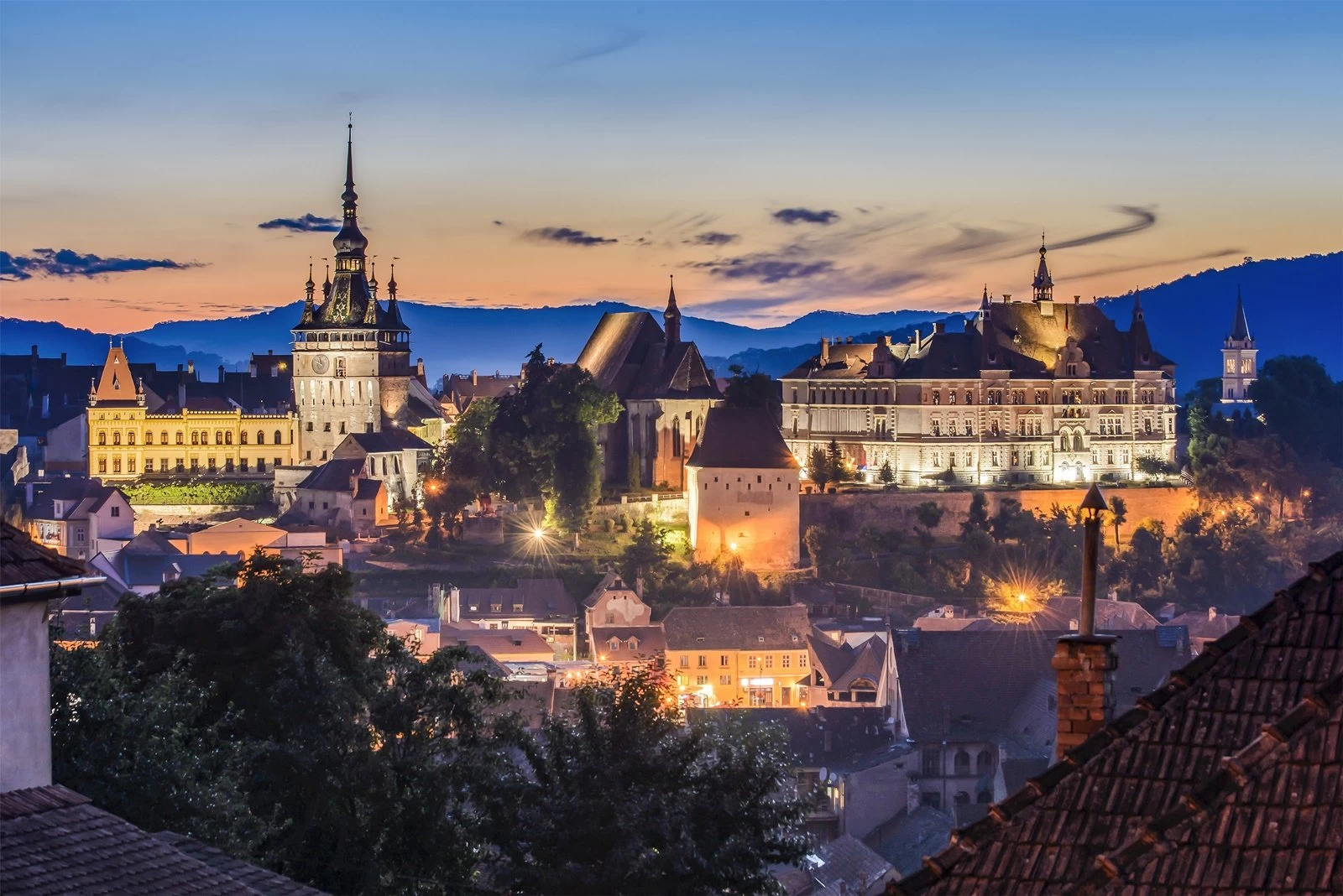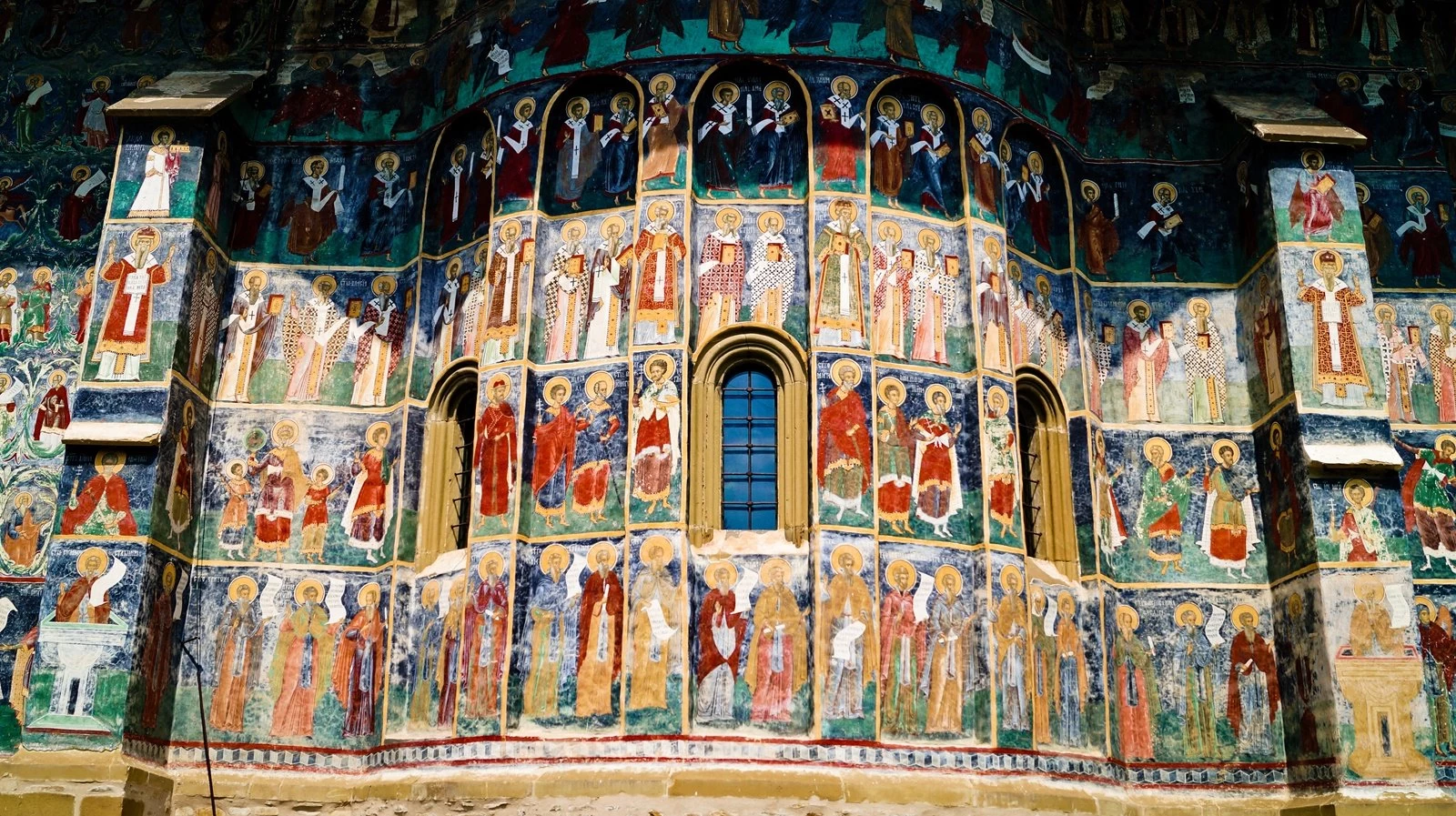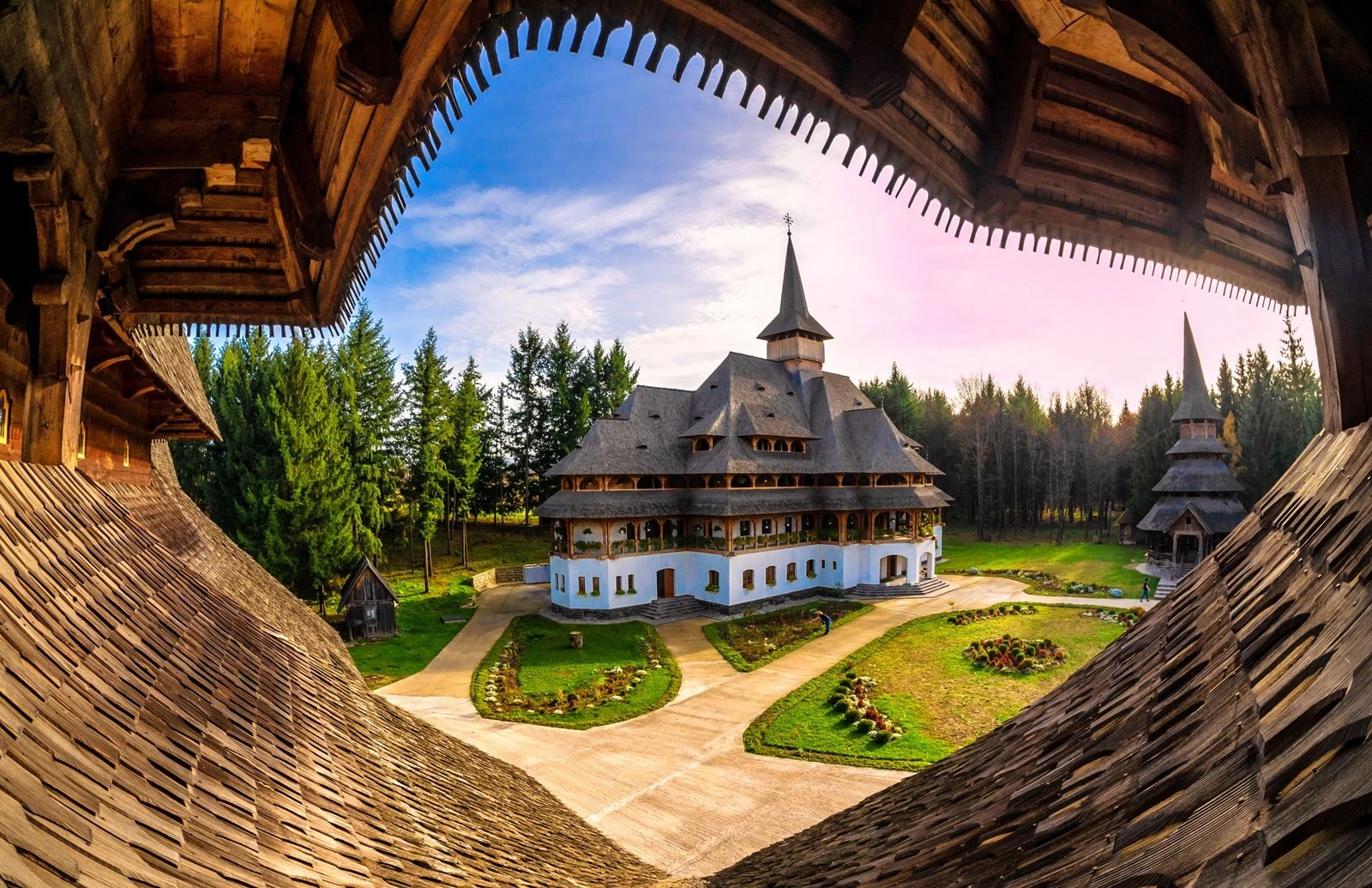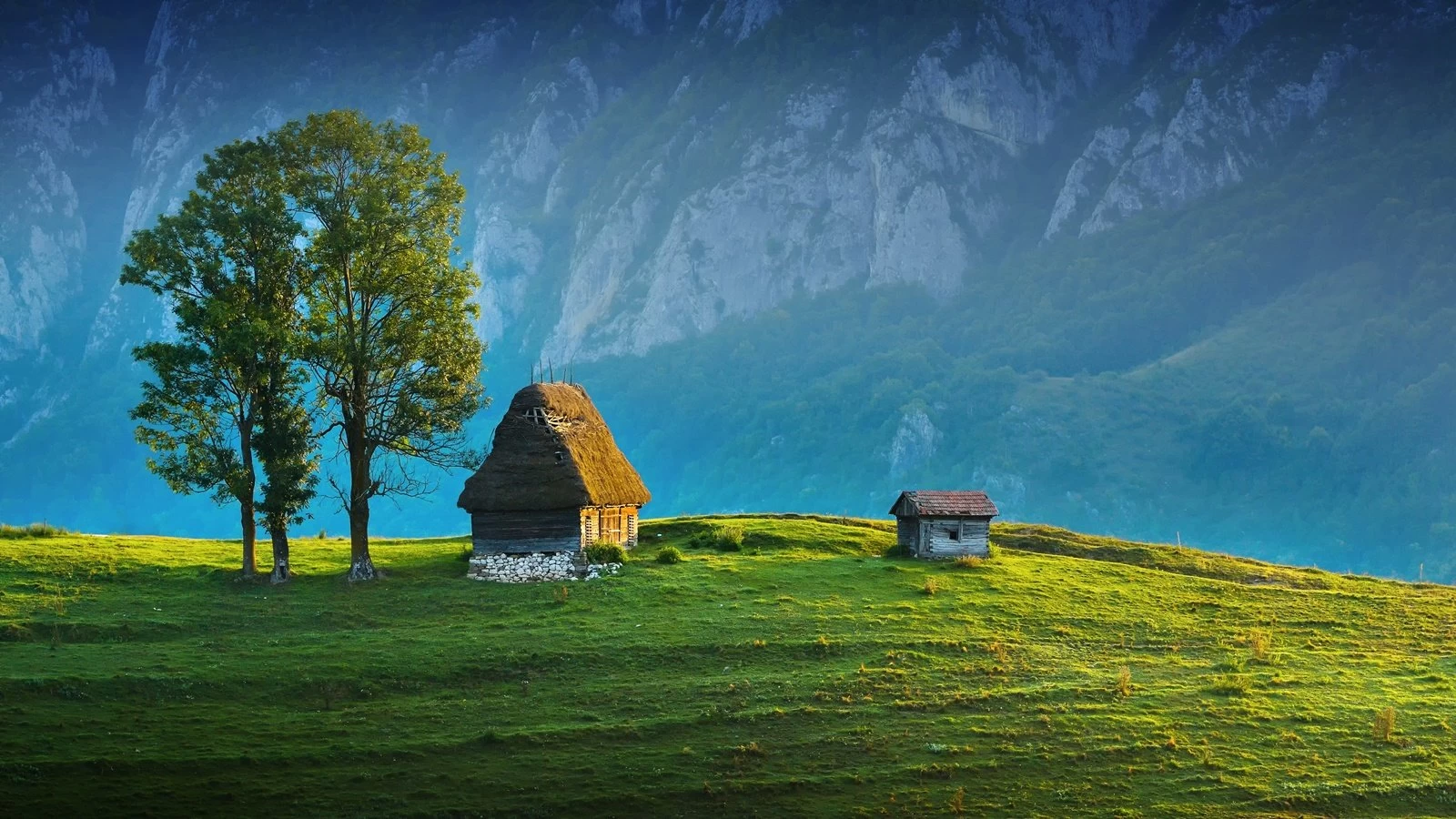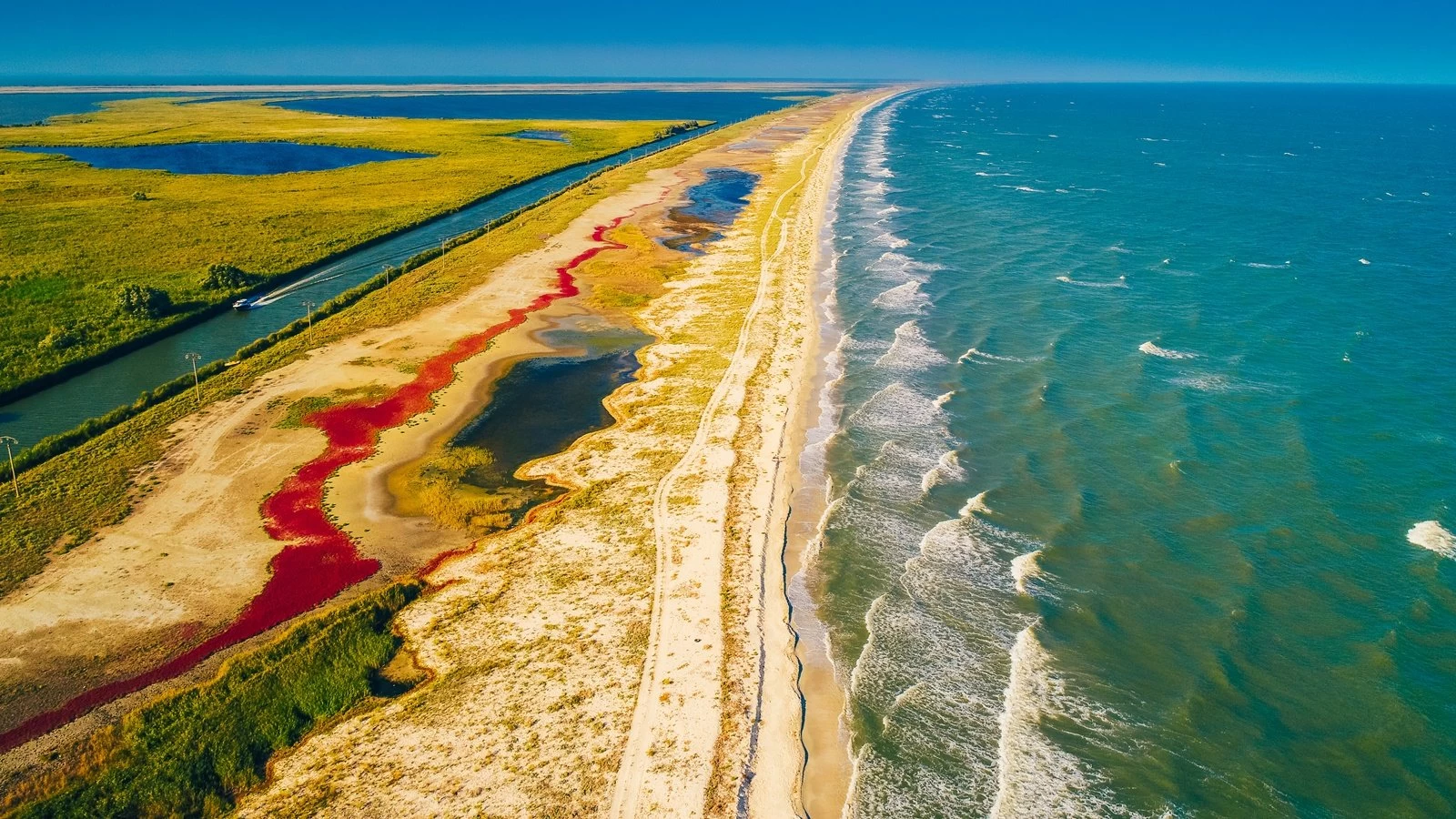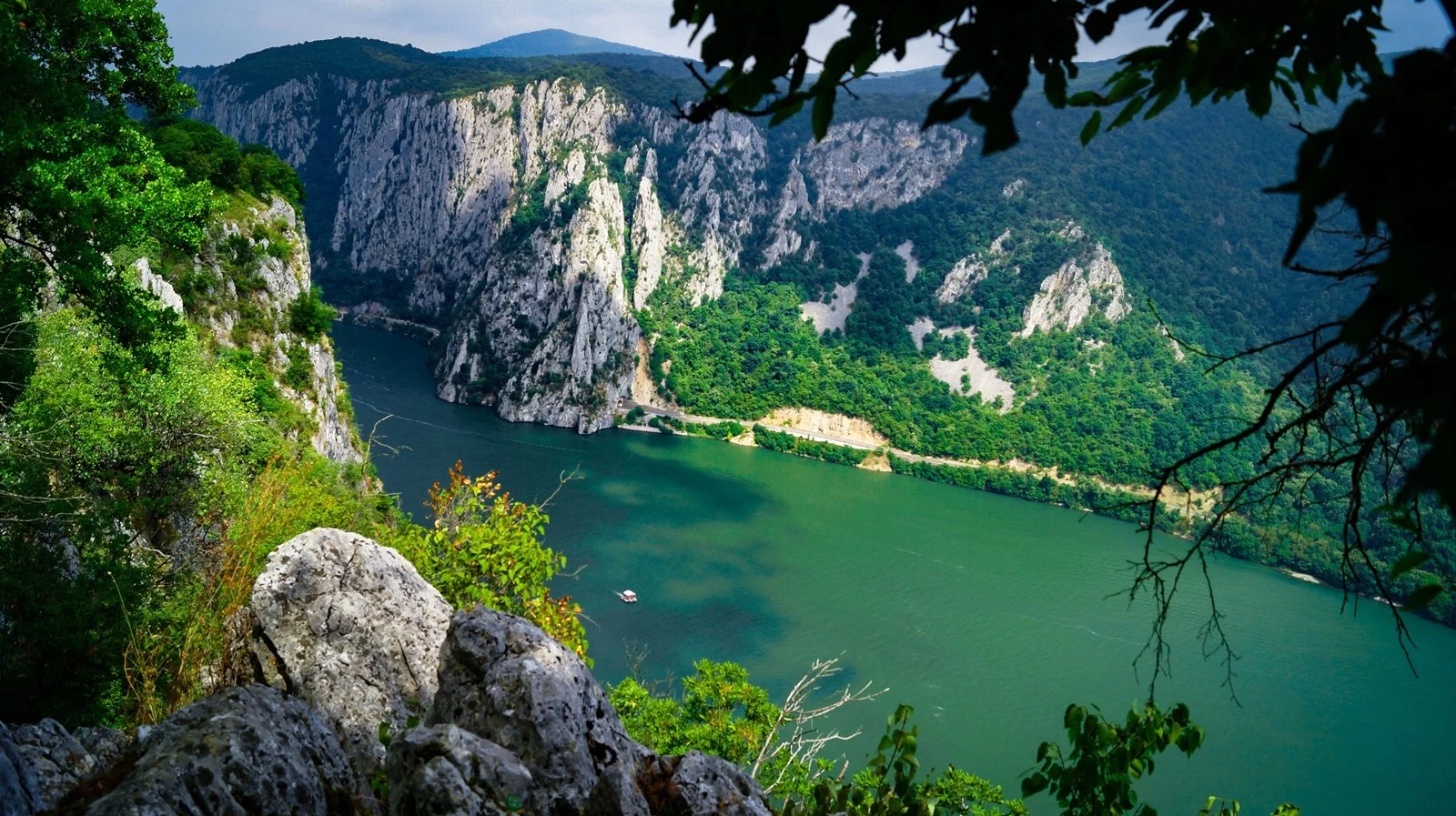Are you planning your next vacation in the Romanian resorts by the Black Sea? Discover our curated list of Tourist Attractions on the Black Sea Coast—must-see places that deserve a spot on your travel bucket list.
You should know that, besides fun and beach time, you have a lot of places to visit.
So, after reading this article, you might see your next seaside vacation from a different perspective.
Tourist Attractions on the Black Sea Coast
1. Constanta Casino
With a history of over a century, the Constanta Casino was built at the initiative of King Carol I. It was to become the symbol of Romania's largest port.
Initially, the building was designed by architect Petre Antonescu and was to follow traditional Romanian lines. Immediately after the foundation was completed, the plans were completely changed. The project was entrusted to French architect Daniel Renard, who, under the cosmopolitan influence of the casinos of the era, adopted the Art Nouveau style.
Today, it is not only one of the most important tourist attractions on the Black Sea Coast, but also a symbol of Romania.
2. Constanta Aquarium
The Constanta Aquarium was inaugurated with great fanfare in 1958. It is located on the promenade, right in front of the Constanta Casino. The construction of the building was done in the first part of the 20th century, with the purpose of being an annex to the casino.
Today, the aquarium has an exhibition purpose and is structured into 3 segments. The first two showcase the marine and freshwater flora and fauna of Romania. The third section is dedicated to exotic species.
Various thematic exhibitions related to aquatic biology, ecology, and marine fishing are also temporarily organized here.
3. Constanta Cathedral and Churches
The Orthodox Cathedral of Saints Peter and Paul in Constanta is the most imposing place of worship in Dobrogea. It dates back to the 19th century and is located in the historic area of the city, near the Constanta Casino.
The cathedral was the first Orthodox settlement built in Dobrogea after its liberation from Ottoman domination. The interior furniture is unusually elegant, with many pieces covered in gold leaf and encrusted with semiprecious stones.

There are also numerous churches to visit in Constanta. They were built in different eras and have beautiful architecture.
Among them, we mention the Roman Catholic Church of Saint Anthony, built in 1935-1936, with architecture specific to the places of worship in northern Italy.
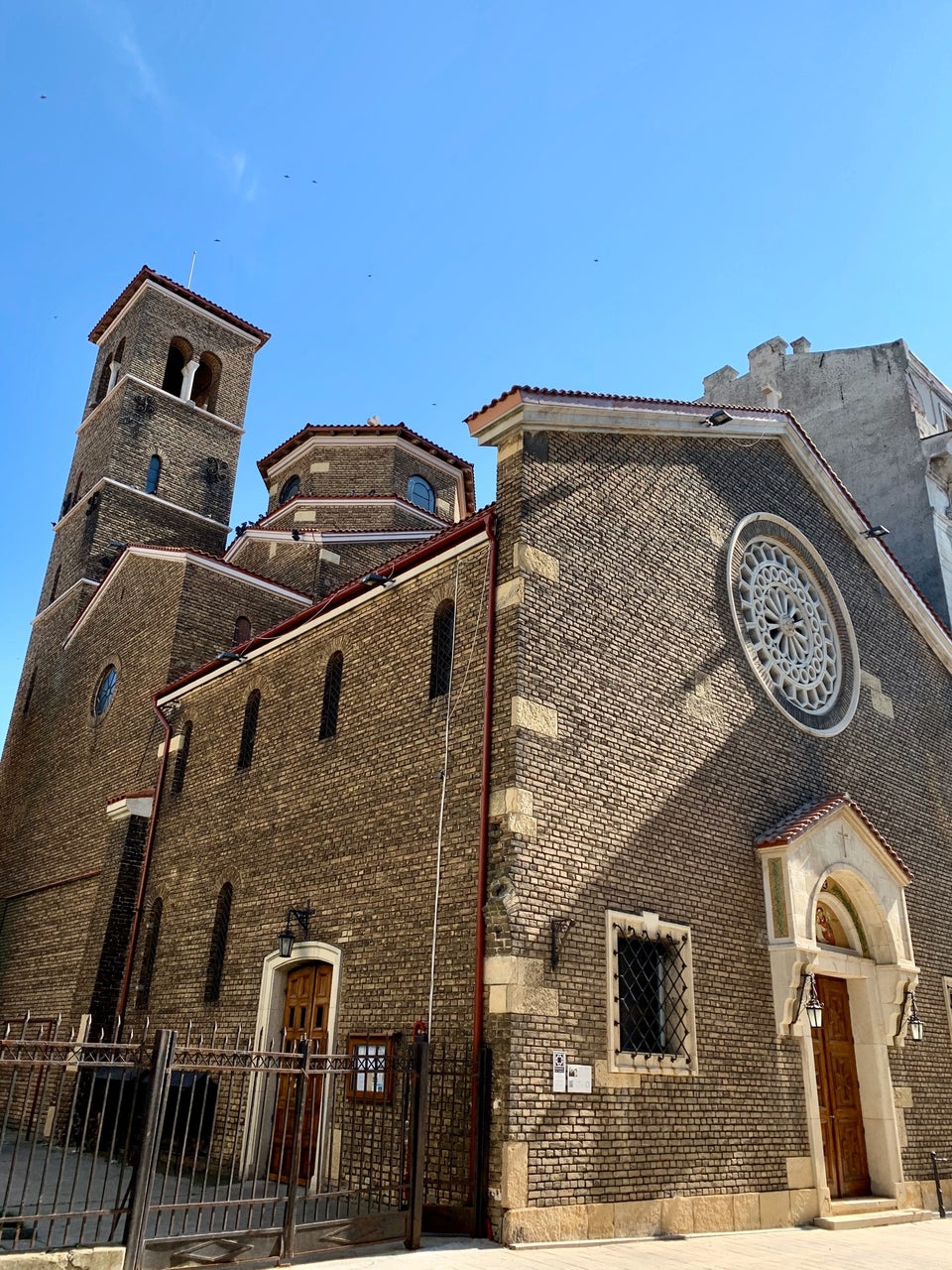
The Church of Saint Mina was built in 1995-1997 and has a Maramures-style architecture. It impresses with its beauty but also with its height, reaching no less than 43 m. No wonder it can be seen from almost all corners of the city.
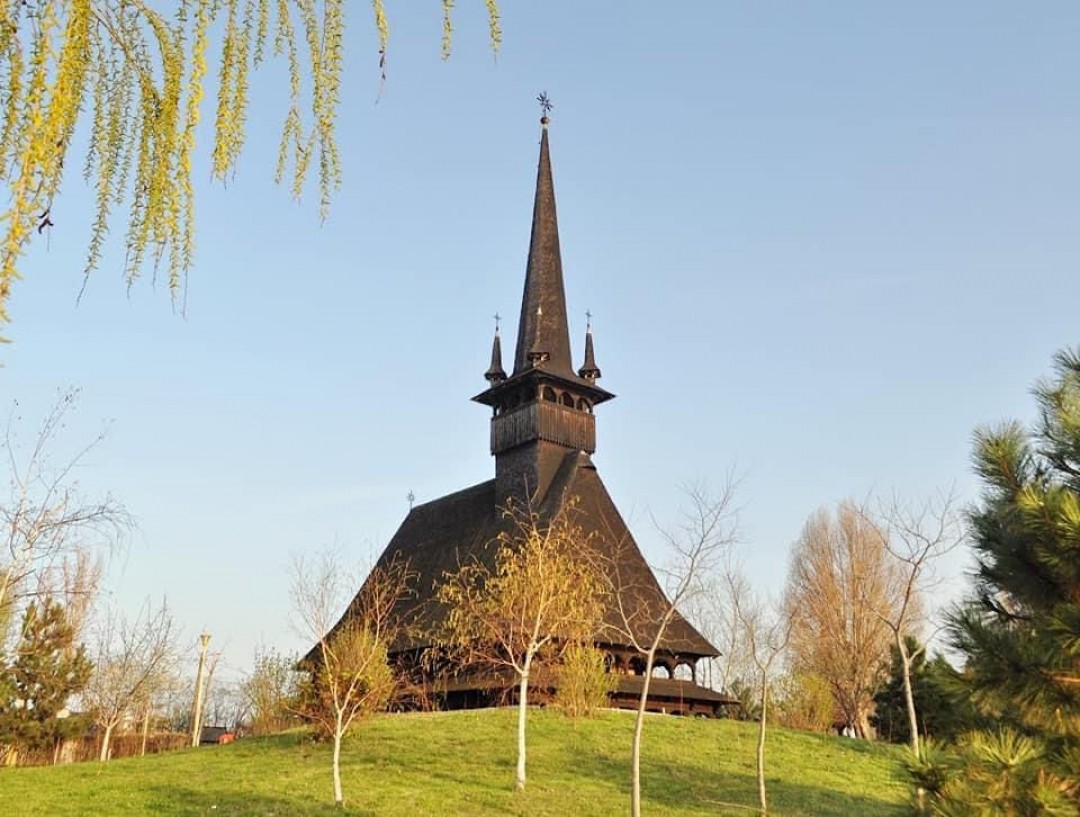
The Greek Church of Metamorphosis was built in 1862-1867 with the consent of Sultan Abdul Aziz Bin Mehmet Han, at the request of the Greek community in Constanta.
When designing the building, the Sultan had two requirements. The first was that the church should not be taller than the other mosques in the city. The second was that the church should be located as far away as possible from the Turkish quarter.
The Armenian Church of Saint Mary does not have a similarly spectacular architecture, but it has a very interesting history. It embodies the existence of the Armenian people in Dobrgea, where they arrived as early as the 15th century. They initially settled in Babadag, arriving in Constanta much later, in 1740.
The old Armenian church was built of wood in 1740 and was destroyed by fire in 1941. Today, the church is relocated to the building of the old Armenian school, built in 1880.
4. Hunchiar Mosque
Located in the historic area of the city, Hunchiar Mosque is the oldest Muslim place of worship in Constanta. It is of great importance for the history and multiculturalism of the city.
Built in 1867 with a specific Moorish architecture, the mosque has its roots in the protective walls of the old city, which in the 19th century occupied only the peninsula area. The destruction of the wall in the years 1828-1829 left behind a pile of white stones, which took the form of the new mosque 40 years later.
5. Carol I Mosque
One of the most beautiful architectural monuments in Romania, Carol I Mosque is the main Muslim place of worship in the country. It was built between 1910-1913 at the initiative of King Carol I. The inauguration took place in the presence of the royal family and local representatives of the Muslim faith.
Architecturally, the building is a masterpiece that interweaves Egyptian-Byzantine elements with Romanian ones. Victor Stefanescu was responsible for the design, one of the greatest architects of the 20th century.
6. Genoese Lighthouse in Constanta
Located on the city's waterfront, between Constanta Casino and the Navy Command, the Genoese Lighthouse had a special importance for the city's history. It guided sailors, projecting its white light at a height of 21m above the sea, with a visibility of up to 5 km offshore. One of its particularities was that the light was fixed, it did not rotate. Also, its octagonal architecture still gives it uniqueness.
Interestingly, despite its name, the lighthouse had no connection to the Genoese. This name was given to it by the Ottomans after the occupation of Dobrogea in 1878. In their minds, the idea had taken hold that everything good in the ports of the East was owed to the Genoese, also known as "lords of the seas."
7. Roman Edifice with Mosaic in Constanta
A monument built in the 4th century, the Roman Edifice with Mosaic was only discovered in 1959. It is one of the most impressive archaeological vestiges of the ancient city of Tomis, 2000 years ago. At the same time, it is one of the largest mosaics discovered on the territories of the former Roman Empire.
A visit to the museum facilities will give you an overview of the life led by the Romans between the 4th and 7th centuries. Here are collections of goods found in the building's storerooms: anchors, ingots, weights, amphorae with paints and resins, statuettes, collections of opaques, marble slabs, polychrome mosaics, and pilaster heads.
8. Ovidiu Island
Ovidiu Island is located on Lake Siutghiol, has a limestone origin, and has a surface area of 26000 sqm. Its history is very interesting. It was inhabited since the time of the Thracian-Getae and Geto-Dacians, with ancient Greek colonies finding refuge here.
Today, Ovidiu Island is arranged for tourism purposes, and access is only by boat or ferry. So, if you want a break from the hustle and bustle of the coast, this can be a peaceful refuge.
9. The Wreck of Costinesti
Perhaps the most famous wreck on the Romanian coast, the Evangelia wreck belonged to the renowned Greek shipowner Aristotel Socrates Onassis. It was built for the British Ministry of Transport.
The shipwreck occurred in 1968 following an explosion on board the vessel. The wreck is now located approximately 1.5 km from the shore of Costinesti resort, in an area also known as "Golful Francezilor" (The Frenchmen's Gulf).
Today, the wreck can be explored independently, turning it into one of the main tourist attractions on the Black Sea coast for diving and SUP enthusiasts.
10. Esmahan Sultan Mosque in Mangalia
The Esmahan Sultan Mosque was built in 1573 by the daughter of Selim II, one of the greatest leaders of the Ottoman Empire. The construction of the citadel used carved stone recovered from the ruins of Calatis. The construction has multiple structural peculiarities.
Considered an architectural gem with a centuries-old history, the Esmahan Sultan Mosque is now one of the main places to visit on the Romanian coast.
Well, these are our recommended tourist attractions on the Black Sea coast, to see at least once in a lifetime.
And if we have convinced you to reconsider your idea of a seaside vacation, here is a list of unique accommodations and experiences.

